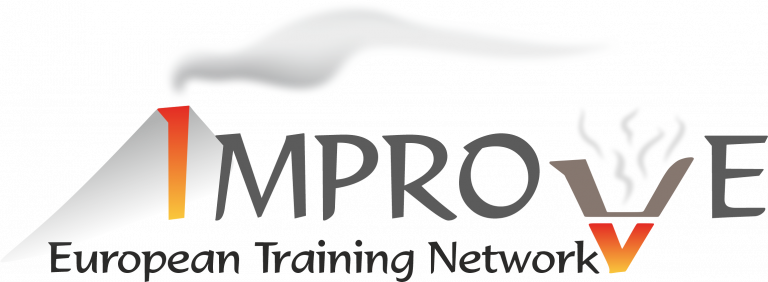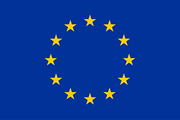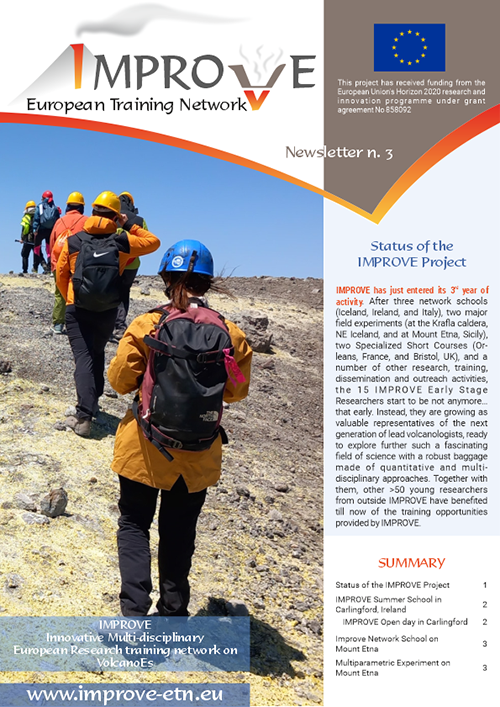


The IMPROVE field experiment on Mount Etna took place from July 23 to August 2, 2023. All of the IMPROVE ESRs actively participated in the experiment, which involved deploying instruments, periodically checking their functionality, downloading data and starting their analysis, and finally dimantling the instrumentation. The organization of the experiment primarily involved personnel from INGV – Etnean Observatory, with secondary support from personnel from INGV Pisa. The experiment mainly focused on two aspects of the shallow Mount Etna dynamics: its degassing and the movement of magma.
The instruments deployed during the experiment included: two broadband seismic stations, four high frequency GNSS receivers, one clinometer and one diffused degassing measurement device, two seismic arrays with ~100 nodes, an about 1 km long fibre optic and dedicated acquisition system, and finally a high speed visible and an infrared camera plus microphone positioned on the crater rim. This network worked together with the permanent monitoring network of the INGV Etna Observatory, consisting of about 200 multi-parametric instruments. The collected data provide the basis for the analyses by six ESRs who are developing their PhD on Mount Etna. Initial analyses triggered vivid discussion, particularly in the context of numerical solutions for the dynamics of magma convection in underground volcanic systems.
The experiment also included a two-day field trip aimed at providing the ESRs with an understanding of the structural complexities that characterize an active volcano. Specifically, the trip focused on the major structures along the North-East and East volcano flanks of Mount Etna and how these structures impact the setup of a volcano monitoring system.












